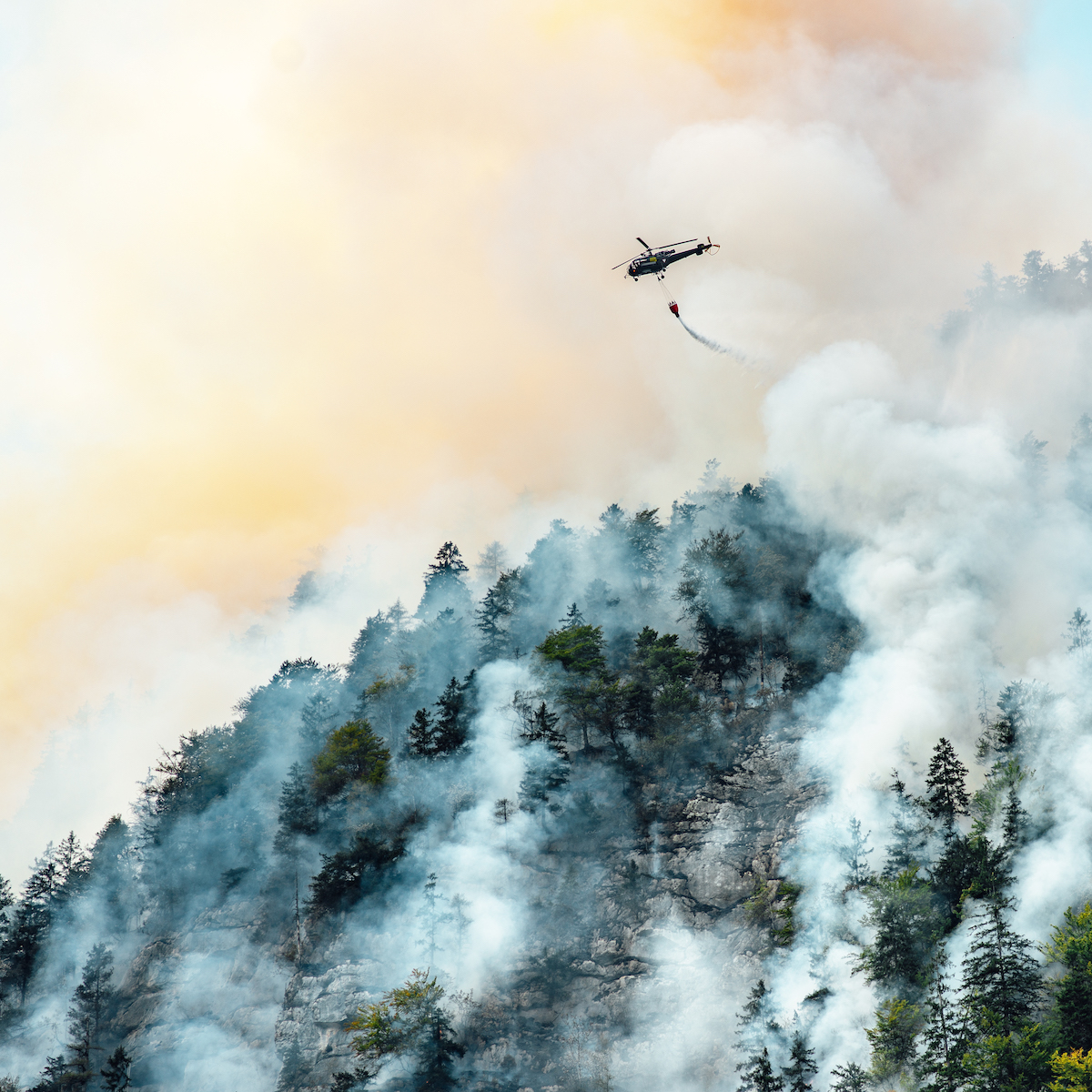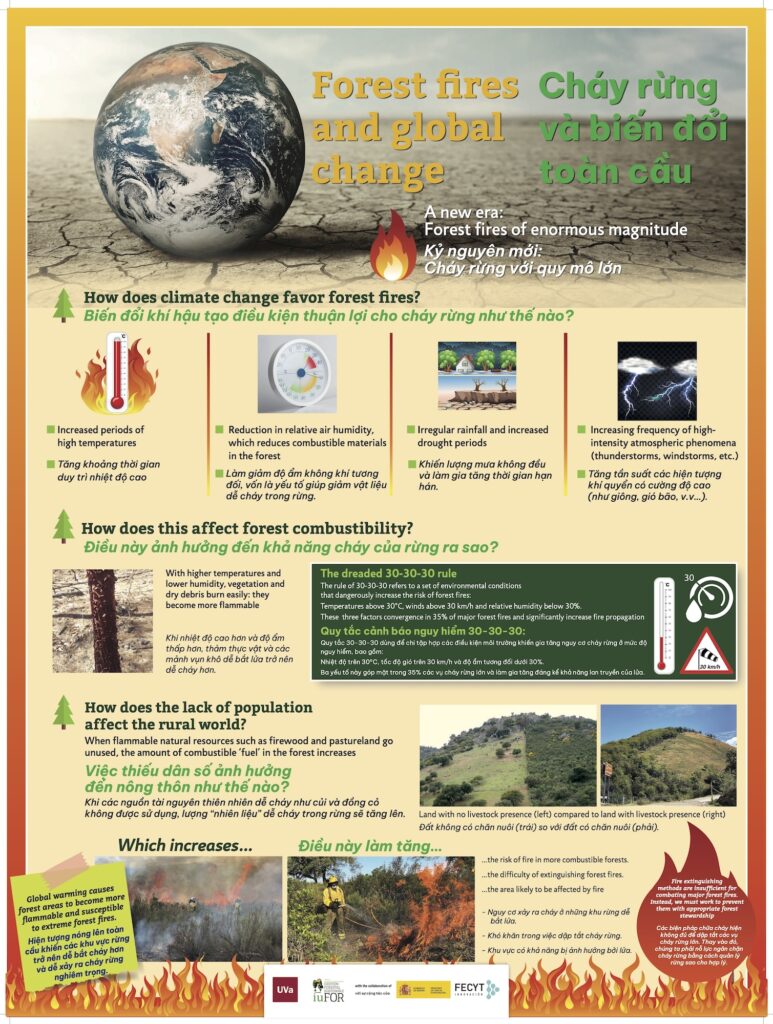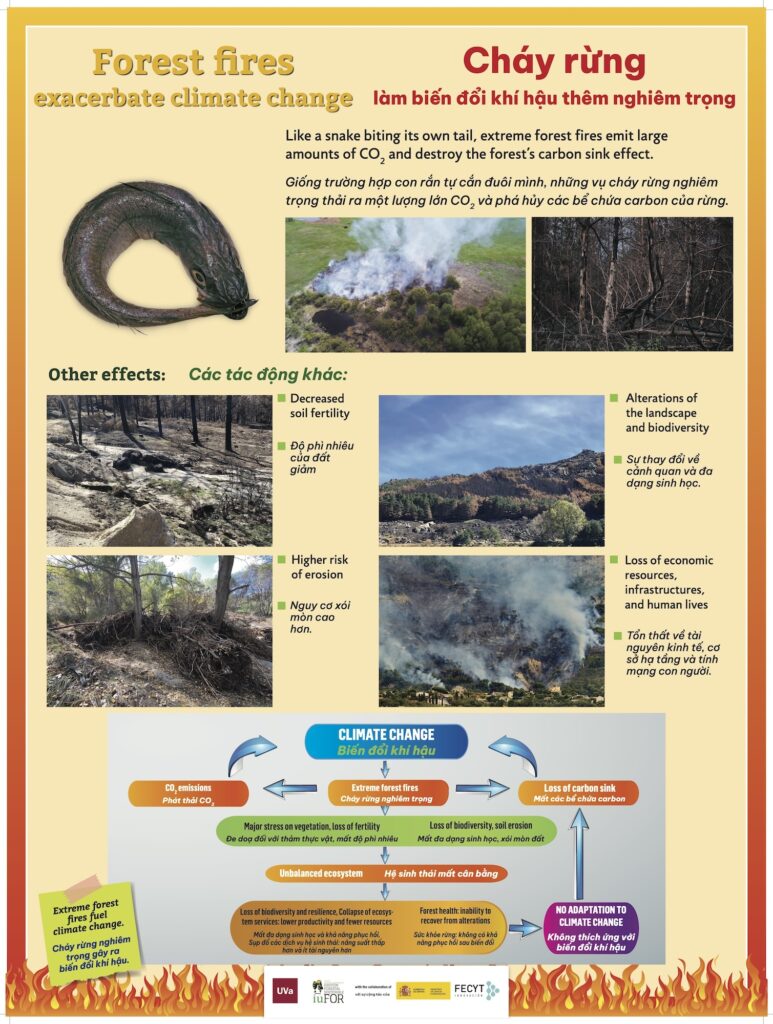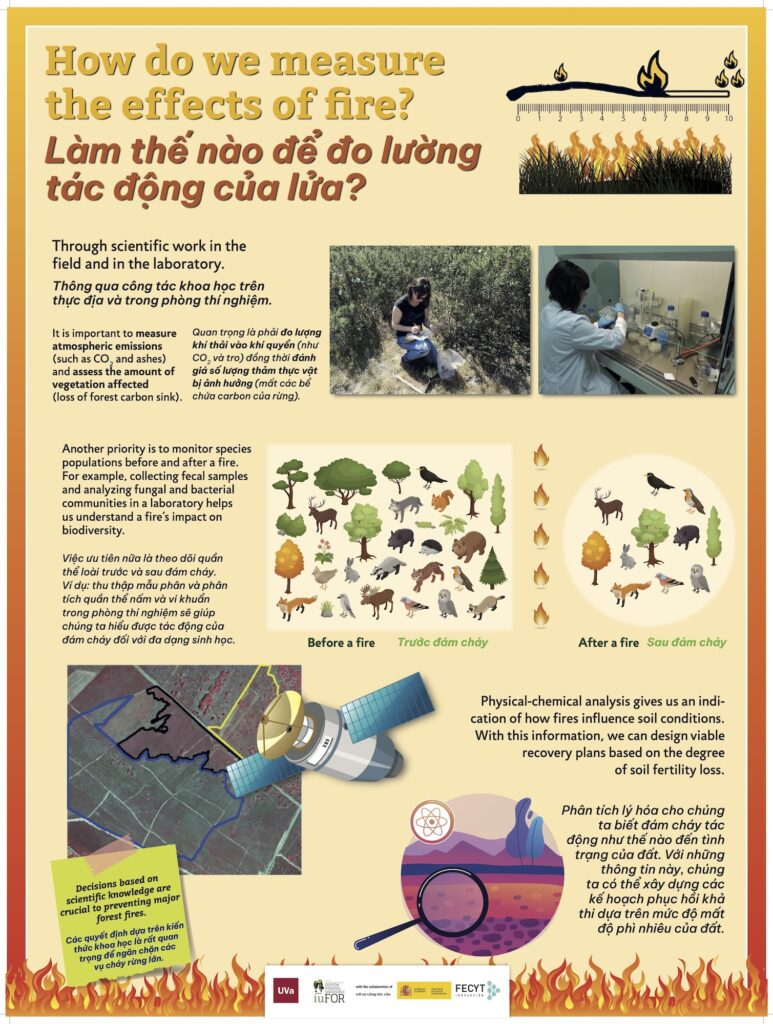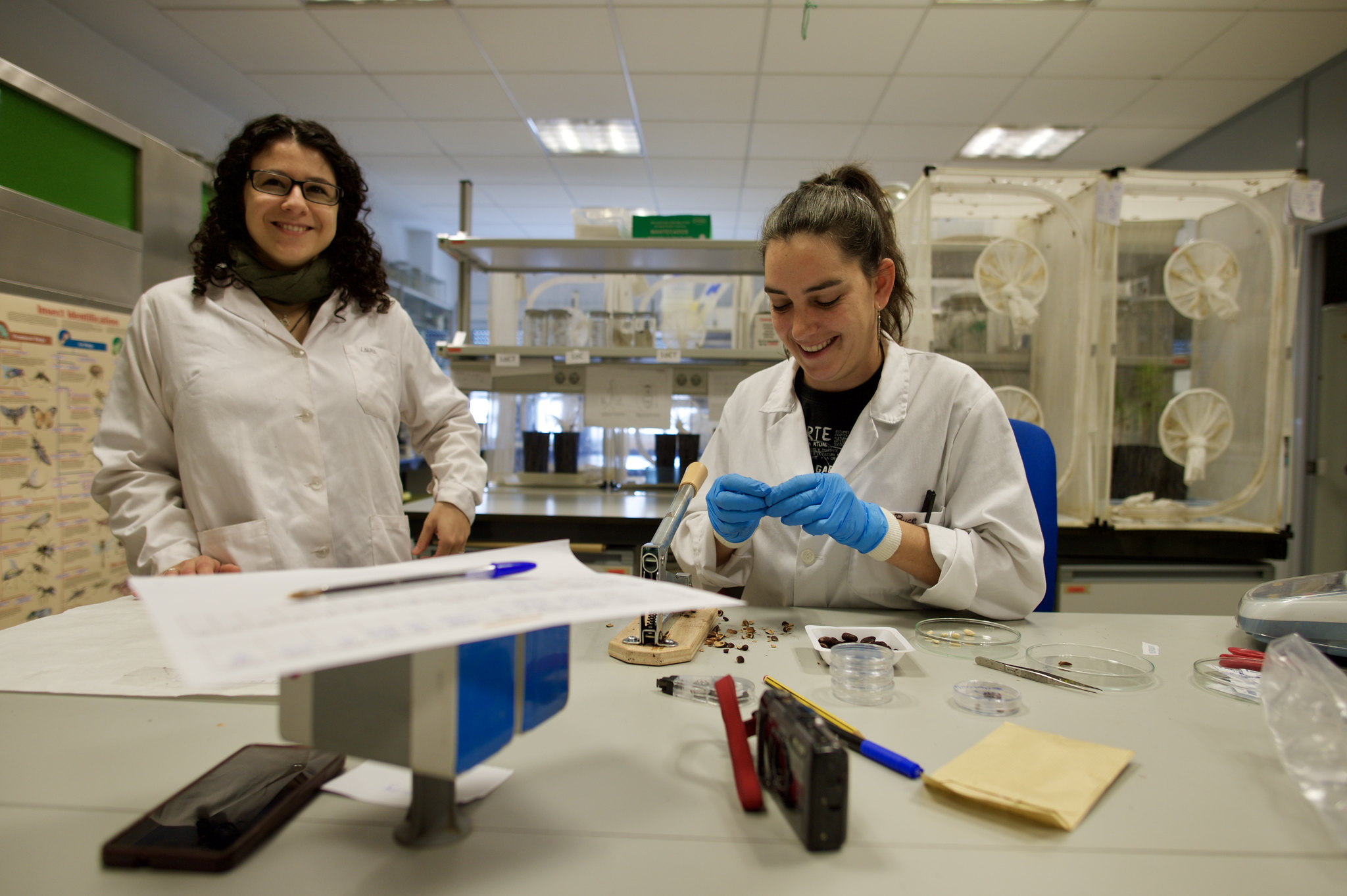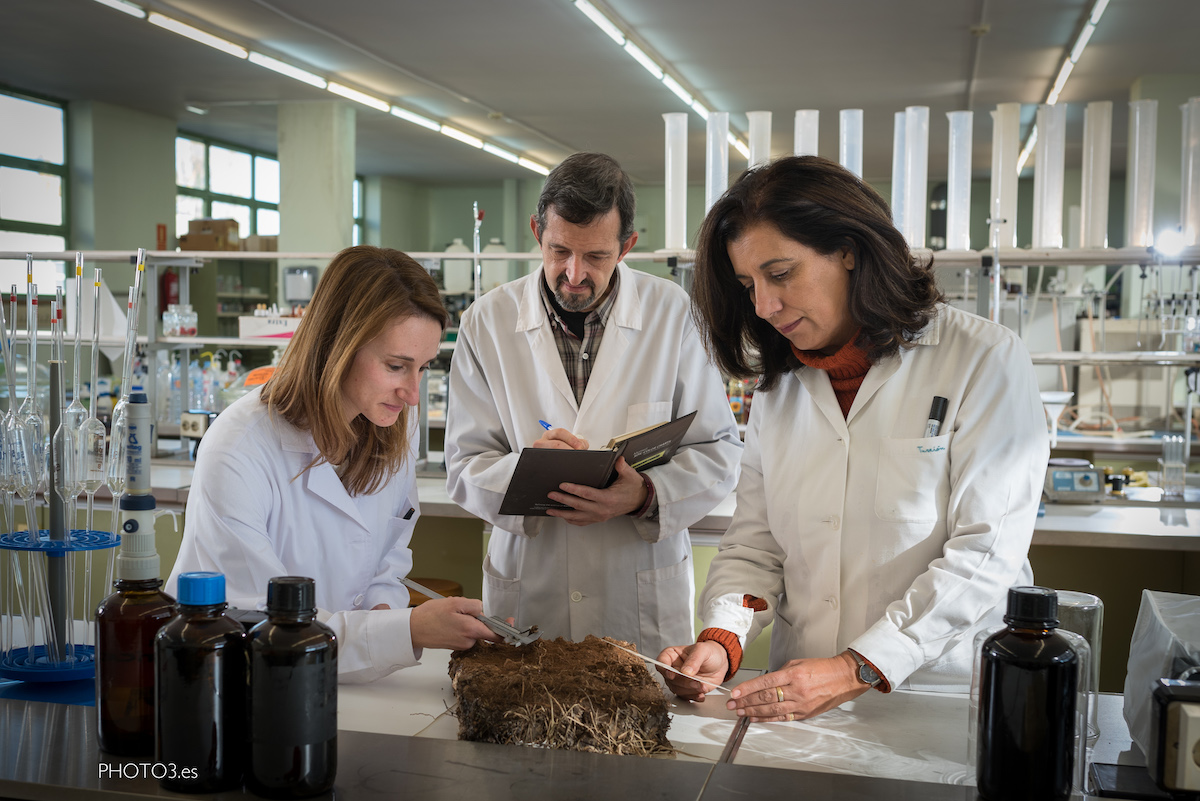How does climate change promote forest fires?
In response to significant environmental change, species can migrate, adapt, or go extinct. The rapid pace of current climate change is unprecedented.
How does this affect forest combustibility?
With higher temperatures and lower humidity, vegetation and dry debris ignite more easily, becoming more flammable.
How does depopulation in rural areas impact this?
The reduction in natural resource usage, such as firewood and grazing, leads to an increase in available fuel within forests. This adds to the amount of combustible material.
Global change is making forest areas more susceptible to catching fire, leading to Large Forest Fires (LFFs).
How do we measure the impact of fire?
It’s a scientific endeavour conducted both in the field and the laboratory. Measuring emissions released into the atmosphere (CO₂, ash, etc.) and evaluating the amount of vegetation affected (loss of the forest carbon sink) is crucial.
Measuring other variables is also important. For instance, tracking biodiversity changes requires monitoring species and comparing them to those present before the fire. This may involve collecting animal droppings or analysing soil fungi and bacterial communities in the lab, among other activities.
A physico-chemical analysis provides information about the fire’s impact on soil health. Based on the loss of soil fertility, viable recovery plans can be established.
It is essential to utilise scientific knowledge to make decisions that help prevent LFFs.
